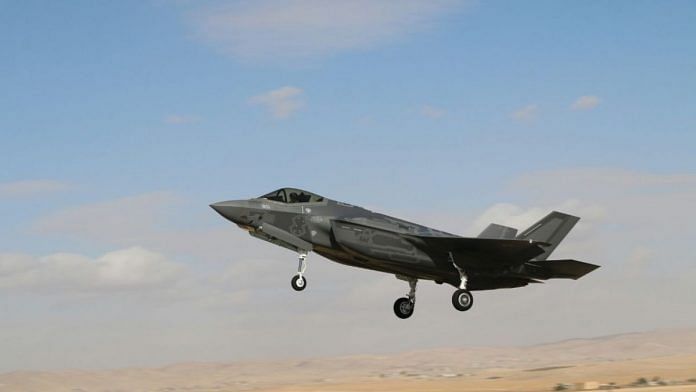India’s on-ground problems with China in Ladakh are now extending to the skies above it—Beijing’s sending its aircraft is violating the no-fly-zone agreement. These provocations compel India to deploy the next squadron of the ‘Growler’ S-400 Triumf air defence system on the Ladakh side of the Line of Actual Control. The first of five squadrons have already been slated for deployment in a dual role against China and Pakistan. The theatre-level air defence system can neutralise multiple aerial targets ranging from 40 to 400kms. But China also has similar systems.
India is not the only country confronting aggressive Chinese aerial manoeuvres, but the only difference is the nature of belligerence demonstrated. Taiwan remains the primary military concern for Beijing and is also most frequently on the receiving end of Chinese aerial attention. The repeated nature and scale of incursions are enormous for the small island nation. All air forces know that any threat of intrusion by another country has to be countered, which means it has to send its aircraft and pilots up in the skies countless times and at ungodly hours.
In the long run, the stress on manpower and machinery is enormous. The only option is to have a regulated turnover of assets to assume aerial patrolling duties. But that requires a greater number of air assets for self and allies. In the case of Taiwan, it is covered by an agreement with the United States that has remained a thorn for Beijing. US allies thus operate over areas China claims as its own. As a result of this, they have also been on the receiving end of some rather aggressive buzzing by Chinese Air Force aircraft.
In one of the more bizarre aerial encounters between two belligerent aircraft, an Australian P-8 maritime reconnaissance aircraft was tailed by a Chinese J-16 combat plane. The J-16, essentially a ‘plagiarised version’ of Russia’s Su-27, then proceeded to release chaff or flares into the flight path of the P-8, resulting in engine ingestion. Even Cold War era close encounters didn’t produce manoeuvres like this event over the South China Sea. A Canadian CP-140 Aurora patrol aircraft had a hostile interaction with another Chinese J-16 while a United States C-130 aircraft encountered a confrontational Chinese Su-30.
Also Read: CDS not the only one. India’s national security management has two more missing links
China’s confrontational pattern
All the aerial encounters involving Chinese aircraft point to a pattern that is emerging in East Asia, where Beijing finds itself confronting an alliance of western and Asian countries. But in the high Himalayas over Ladakh, India doesn’t have an ally to share combat air patrol duties, and it also has a declining number of assets that it can deploy to counter the Chinese threats. In the six years since India announced the purchase of 36 Rafale aircraft with much fanfare, the gap vis-à-vis Chinese air assets in this sector has only increased exponentially. And is growing.
While India has the advantage of deploying combat aircraft from airfields that are lower in altitude, thus allowing greater take-off weight, the sheer difference in the number of air assets is almost three to one. The Chinese military philosophy of mass over class continues to hold sway even as it improves the technology in its arsenal. So it may field a fifth-generation stealth-capable J-20 or J-31, but it will still have almost 600 fourth-generation fighters of similar capabilities as Rafale. This philosophy was the overriding concept in the vintage version of combat in 1962, and it seems to prevail even now in 2022.
The slow cycle of Indian decision-making, as well as the slower production capabilities within the country, create conditions in which the Air Force is now staring at a total combat capable strength of 30 squadrons as against a sanctioned figure of 42. This is obviously wholly inadequate for the overall defence of India, notwithstanding the deployment of Growlers in the front and backyard. Ultimately, just as the principle of ‘boots on the ground’ prevails when it comes to ensuring domination, the same applies in the skies—as pilots scan and protect the horizons, which means they have to be in the air, constantly.
A round-the-clock capability can only come about with adequate numbers, and no amount of high technology, or still higher tech arguments, compensate for the sheer genius and guts of the human mind. In operational areas such as the high Himalayas, there are moments of split-second decisions that can only be made by a situationally aware mind. Depending on other platforms is inviting a disaster. Such a capability can only come about when there is an adequate number of squadrons to cater for all eventualities, including rest and training, which will only happen when there are adequate wings in the skies.
Manvendra Singh is a Congress leader, Editor-in-Chief of Defence & Security Alert and Chairman, Soldier Welfare Advisory Committee, Rajasthan. He tweets @ManvendraJasol. Views are personal.
(Edited by Srinjoy Dey)



